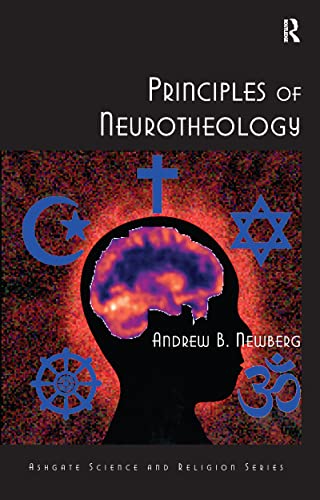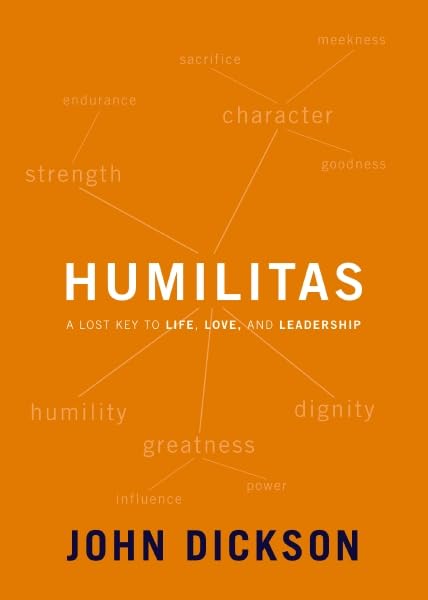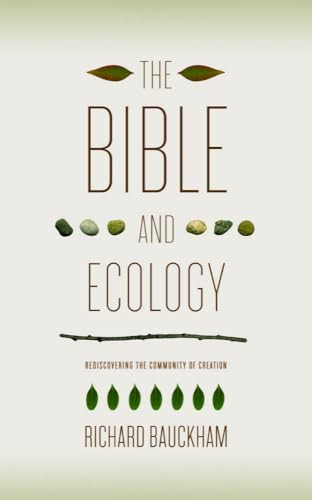Enduring Exile: The Metaphorization of Exile in the Hebrew Bible
Written by Martien A. Halvorson-Taylor Reviewed By Daniel C. TimmerThe Judean exile to Babylon was an event of the highest importance for nearly every biblical book that touches upon it. But the biblical witness is not monochromatic: Jeremiah and Chronicles see the exile as having a definite chronological end in 538 b.c. while Ezra 9:8-9 sees at least some of its elements continuing roughly a century after the return. Also, since Ezra opens by describing the return just as Chronicles does, Ezra seems to view exile as both ended and ongoing. Enduring Exile, originally submitted as a dissertation under Jon Levenson at Harvard University, accepts this complexity and uses it to explain why the majority of Jewish literature written after the completion of the OT developed the motif of “enduring exile” (e.g., Jubilees 1:15-18 and the Testaments of the Twelve Patriarchs; notable exceptions are the Animal Apocalypse of 1 Enoch, the Damascus Document, and Dan 9, which the author dates to the years immediately before the Maccabean revolt). Halvorson-Taylor argues that in these later works exile “became a metaphor for political disenfranchisement, social inequality, and alienation from God,” and sees this process of metaphorization as an “extension of exile's meaning” (p. 8).
The study locates the origins of Israel's thinking about exile in Deut 28 and Lev 26, passages whose “essential content can be established on the basis of ancient Near Eastern treaties from the seventh century b.c.e. and earlier” (pp. 21-22; the rather limited bibliography referenced in the discussion of covenant does not include the work of K. Kitchen, who argues that Neo-Hittite rather than Neo-Assyrian treaties are the most fitting comparison for these texts). According to these passages, “even before the development of the 'enduring exile' motif proper, exile was never simply conceived of as geographical displacement. It was already fraught with associations and connotations, to the point where exile could function as a synecdoche for the roster of divine punishments enumerated in the treaties” (p. 16).
The bulk of the study explores the development of exile theology in Jer 30-31, Isa 40-55, and Zech 1-8, dated variously by Halverson-Taylor “from the late sixth to the third century b.c.e.” (p. 15). These chapters bring to the fore a problematic aspect of the book's argument: if both geographic displacement and other features are present in the earliest biblical texts that describe exile, how can focusing on one of those preexisting features in a later text be evidence of redaction? Take for example her treatment of Jer 30:5-11, where she treats vv. 8-9 and vv. 9-11 as additions to the text because they add to the description of the Day of the Lord in vv. 5-7 elements that “establish the events of the sixth century” as the new referent of the events of that “day.” Specifically, vv. 8-9 affirm that the return from exile “includes more than just the return of Judeans to their homeland”; it foresees the eventual enthronement of a Davidic king and the end of foreign domination (p. 57). Since Halverson-Taylor has already correctly noted that the futility curses in Deut28:27-35 contemplate “subjugation and deportation” (p. 26) and that exile involved the removal of Israel's king (p. 28), the argument for the redactional nature of Jer 30:8-9 fails to convince. Because they employ the same logic, the same appears to be true at other points in the center section (pp. 135, 191). In other cases the author does identify redaction by means of resumption repetition and “shift in emphasis” (e.g.,p. 168), in which case the argument for redaction is not circular but still does not give evidence of metaphorization.
Since the author accepts and employs Soskice's interactive definition of metaphor as speaking “about one thing in terms which are seen to be suggestive of another” (p. 17, quoting J. Soskice, Metaphor and Religious Language [Oxford: Oxford University Press, 1987], 15), exile-language must be applied to realities that are not part of the complex biblical portrayal of exile for there to be metaphorization. It is not clear, however, that the various discontents that the author uses to identify texts that treat exile metaphorically are foreign to the earliest biblical conceptions of exile. Even the reuse of exile in 4 Ezra (ca. a.d. 100), which “contrasts Israel's plight with the position of the nations that 'domineer over us and devour us' (6:57),” can fairly be said to be more organic than metaphoric with relation to the Babylonian exile since it speaks of the same “suffering, distress, and alienation” that Israel suffered more than once as the covenant curses were progressively imposed (pp. 13-15).
If some of the above reflections are valid, it would appear that the process Halvorson-Taylor has interpreted as metaphorization is something simpler: the progressively clearer demonstration, by means of selective reference to some of the concepts that make up the biblical portrayal of exile, that Israel's relationship with her God awaited above all else the definitive divine resolution of her “alienation from God” and the sin that produced it (Ezra 9:15; Neh 9:36-37). The presence of soteriological elements in the earliest biblical presentations of exile theology underlines the importance of seeing these elements as part of exile's covenantal basis rather than extensions of the concept of geographical displacement tout court.
Daniel C. Timmer
Daniel C. Timmer
Faculté de théologie évangélique
Montréal, Québec, Canada
Other Articles in this Issue
Evaluating a new English translation of the Bible can be extremely difficult...
In the November 2009 edition of Themelios, Dane C...
Jonathan Edwards (1703-1758) is remembered today as a saint, scholar, preacher, pastor, metaphysician, revival leader, theologian, Calvinist—the list goes on...
Almost two decades ago I wrote an essay titled " When Is Spirituality Spiritual? Reflections on Some Problems of Definition ...
He was the youngest son of elderly parents. His childhood was secluded and unhappy, which might in some measure account for his lifelong melancholy...







